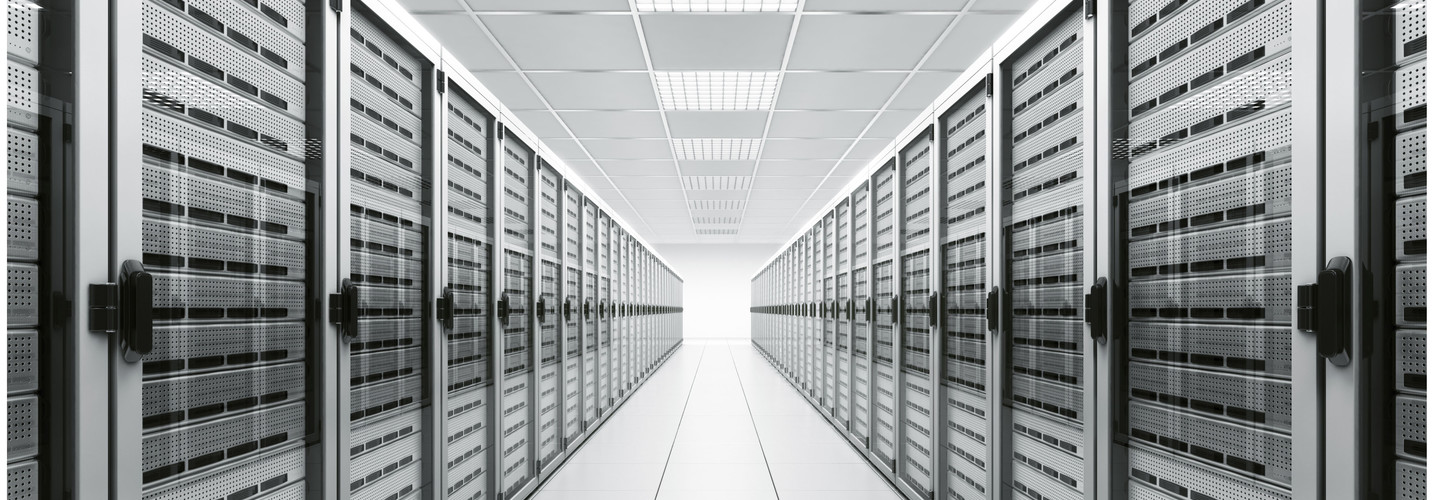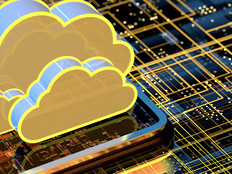Harness Power with New Processors
The push toward the Internet of Things will drive demand for energy-efficient processors and low-powered servers designed to reduce energy consumption, save money and handle a variety of workloads, industry observers say.
The Lawrence Berkeley National Laboratory’s Center of Expertise for Energy Efficiency in Data Centers reports that energy use in data centers is growing at a significantly faster rate than any other building segment. The need for greater computing capacity and the ongoing wave of IT consolidation are increasing data center energy usage.
Power constitutes a large portion of enterprise IT spending, and managers want to use energy more effectively to reduce operational costs, says Greg Schulz, founder of technical advisory and consultancy firm StorageIO. “The rallying cry is usually around budget — energy-efficiency processors will save money and reduce your power bill,” he says.
Greening the Environment
An Emerson Network Power study shows that low-power processors can save 111 kilowatts per year in a data center, achieving a return on investment in 12 to 18 months.
In addition to cost, a larger constraint organizations face is the fixed amount of electricity coming into the data center. Once an organization bumps up against that threshold, what can data center managers do? “They can’t get a long extension cord from their neighbors,” Schulz notes.
Percentage of global data center traffic that will come from the cloud by 2018
SOURCE: Cisco, “Cisco Global Cloud Index,” November 2014
Schulz recommends consolidating and getting rid of underutilized servers, then bringing in faster, energy-efficient machines such as the new microservers based on the Intel Atom processor or HP’s energy-efficient Moonshot server system.
“Obviously [IT managers] want to maximize the performance of their data centers in the power envelope they have at their disposal and use the least amount of power as possible,” says Eoin McConnell, product line director for Intel’s Xeon E5 family of energy-efficient processors.
Intel has worked over the years to bring down the energy usage of its x86-based Xeon and Atom microprocessors. For instance, microprocessors can operate at a certain idle power rate if a server does not have heavy workload demands versus a higher power rate if the server is being utilized. Additionally, turbo boost technology can speed processor and graphics performance for peak loads.
Given changing data center demands, organizations are seeking ways to run a range of workloads. However, IT managers must carefully match workloads to the right type of server, McDonnell advises. For example, Xeon E5 processors are better suited for enterprise, cloud or technical computing workloads, whereas Atom processors are appropriate for workloads that aren’t compute-intensive, such as cold storage, he says.
Future Focus
“The capabilities of these small microprocessors are growing [to the point where] they are useful for a wide range of applications,” says Roger Tipley, chairman of the board and president of The Green Grid, an industry consortium which has established metrics for measuring data center power efficiency.
Although the technology is still evolving, IT managers can begin gaining a better understanding of their applications, resources and workloads as well as where and when to run them, Schulz says. “Whether you’re putting them into your own data center or run your applications in the cloud, you need to understand your applications’ compute needs and not just the percentage of CPU they need.”








